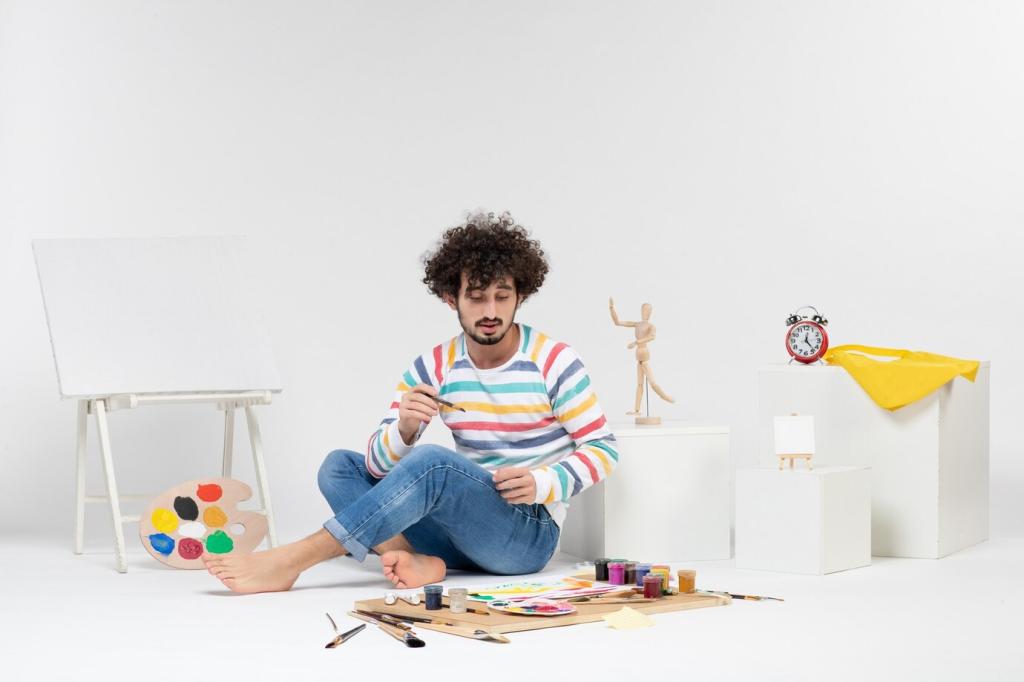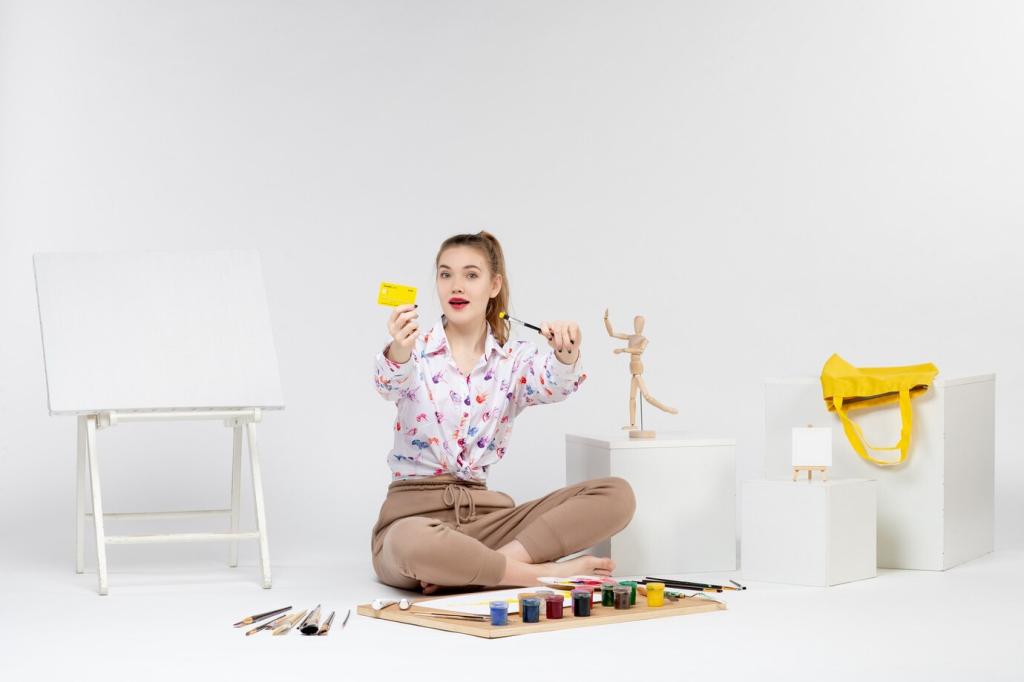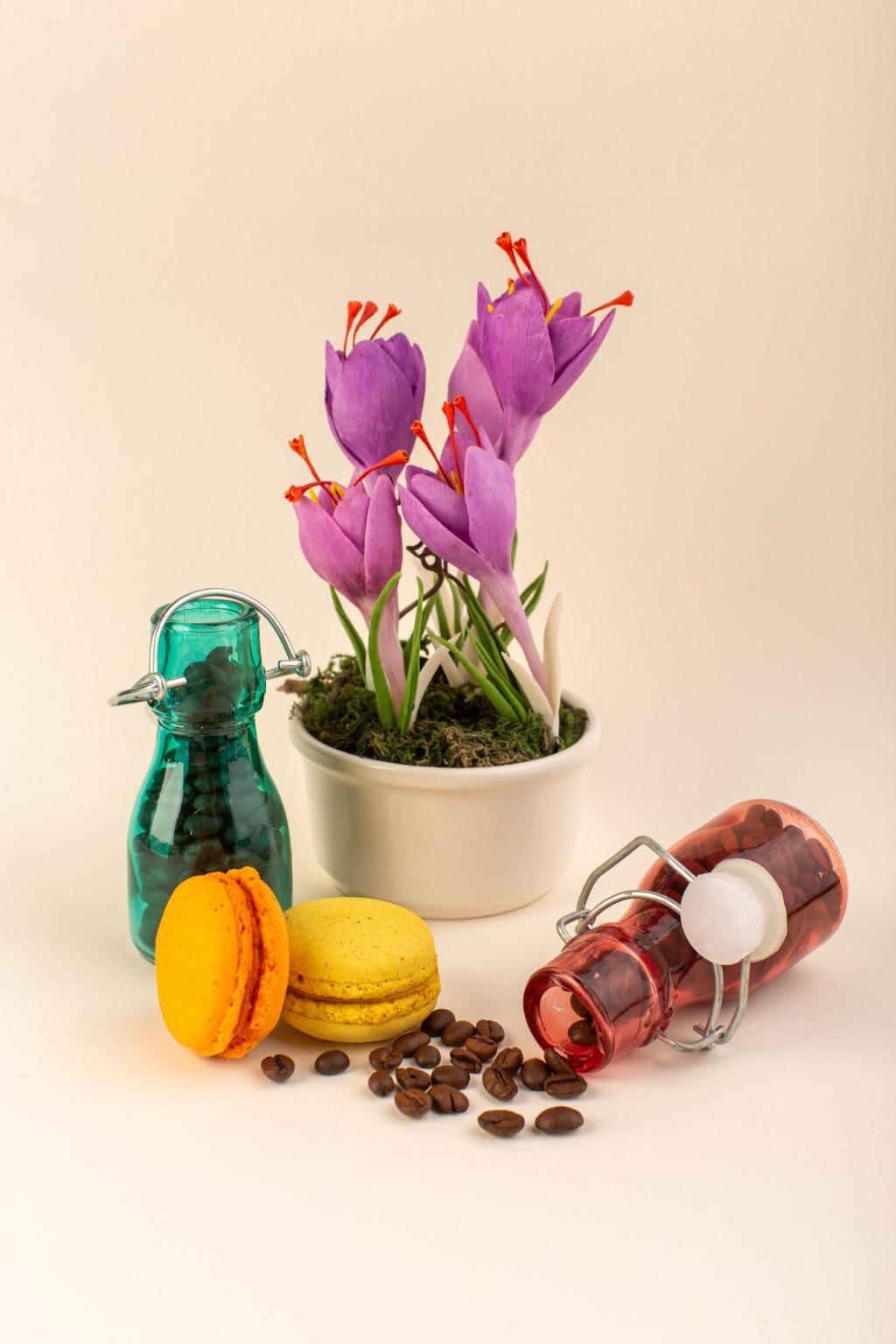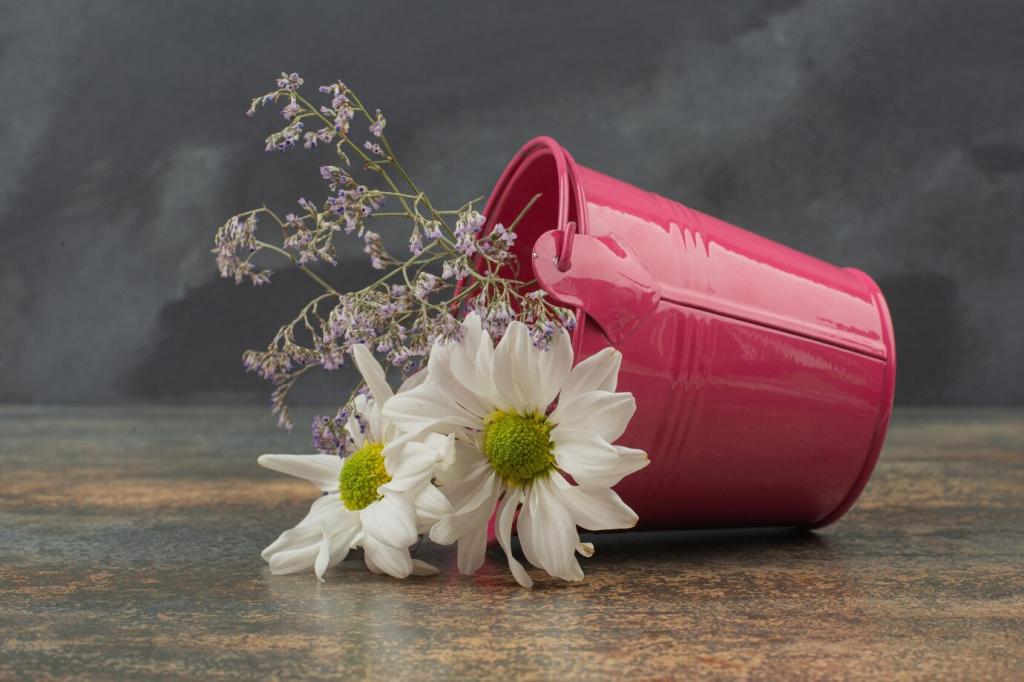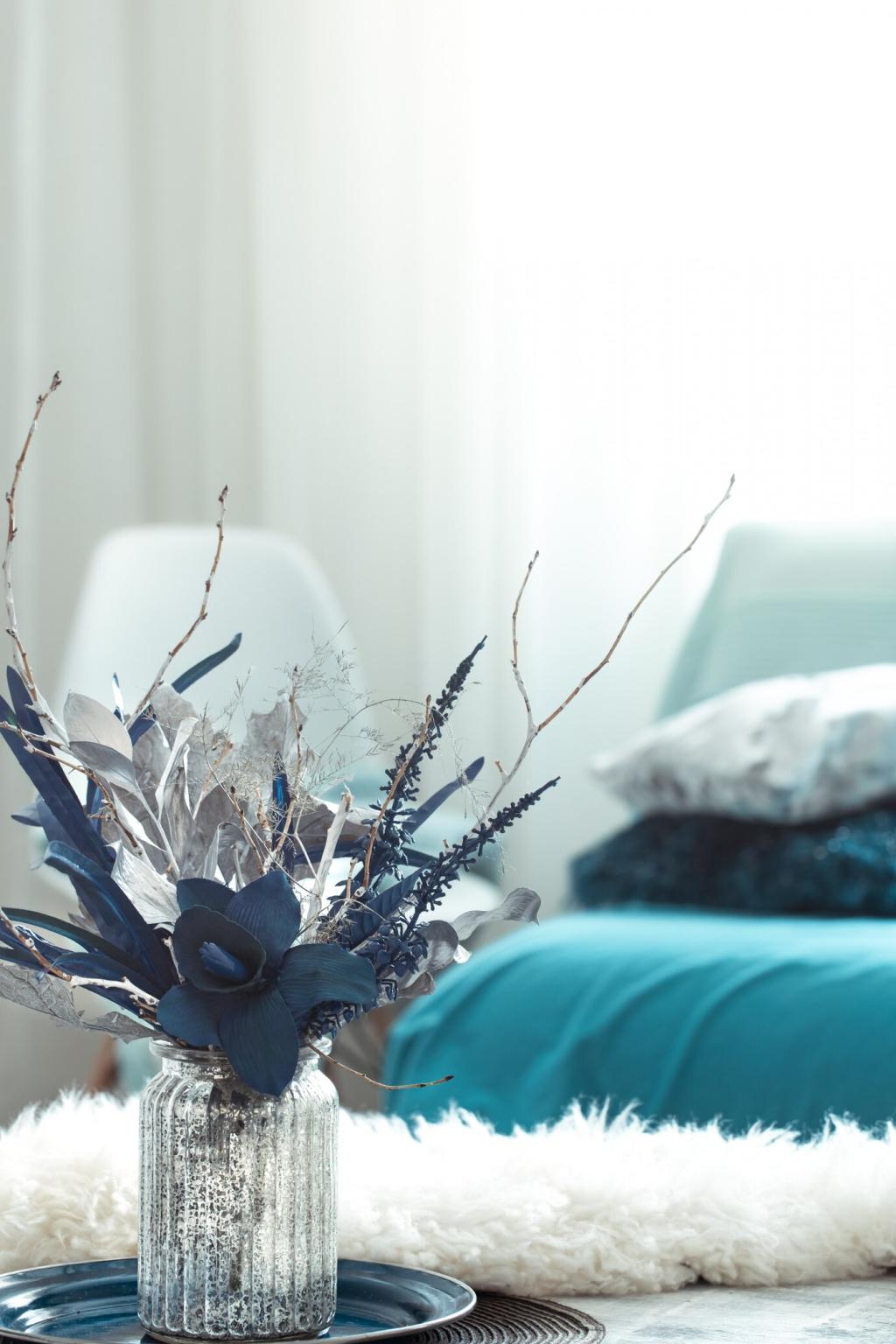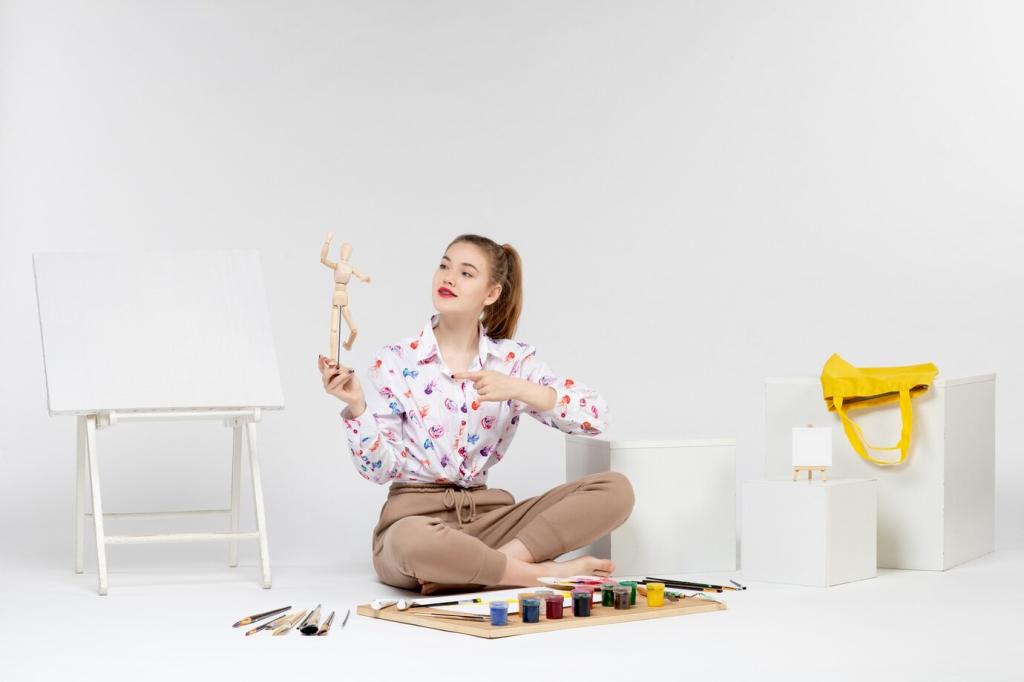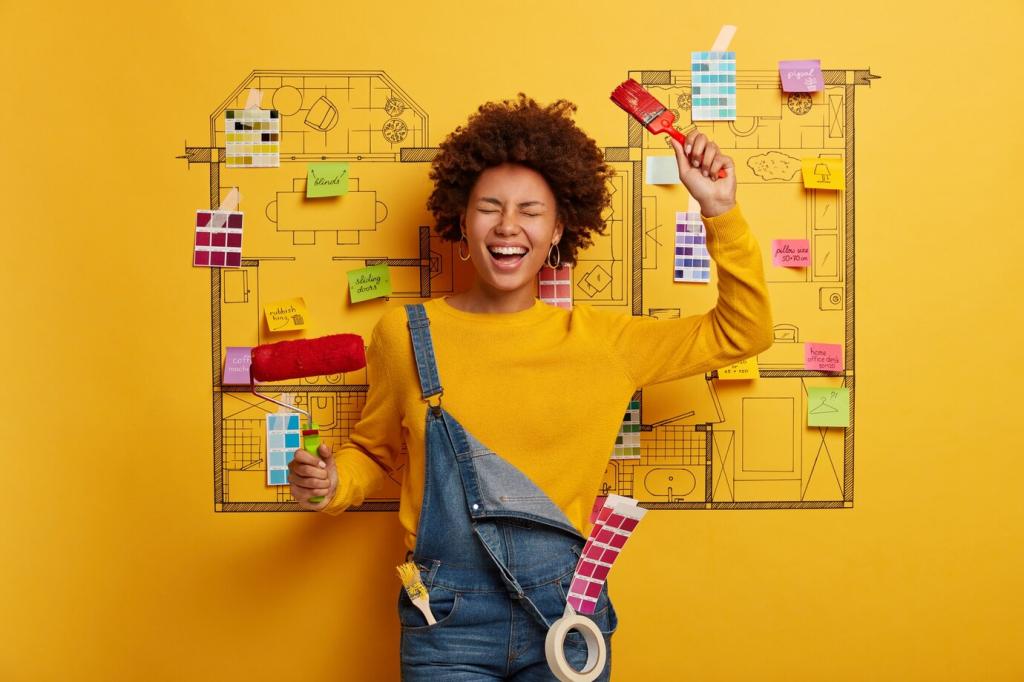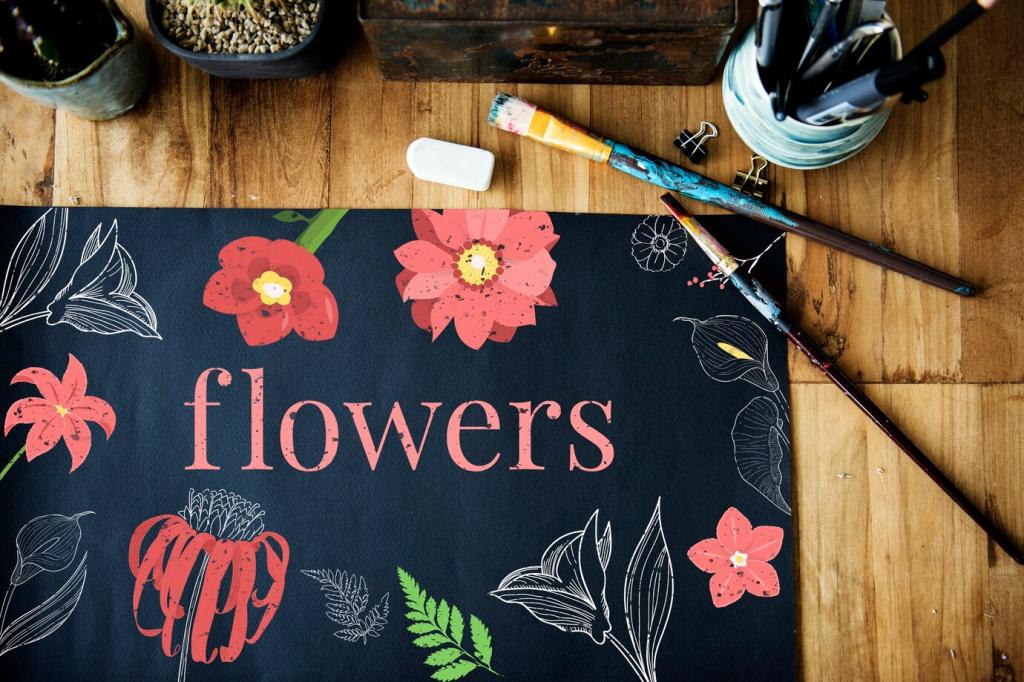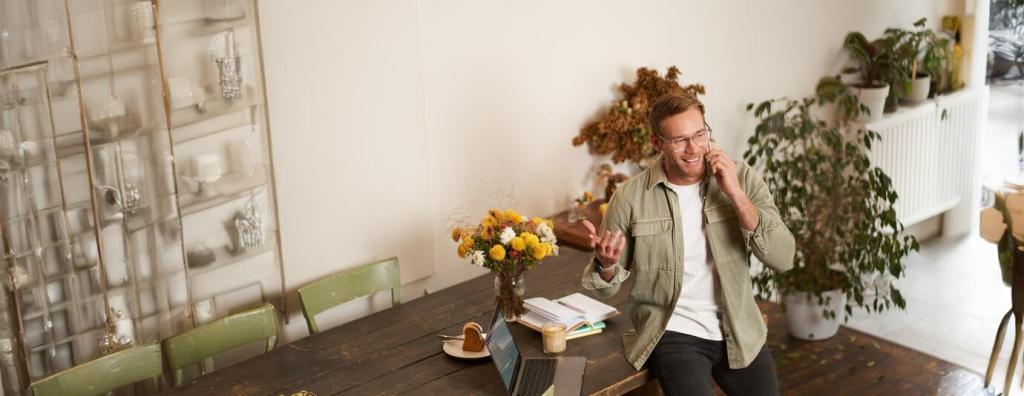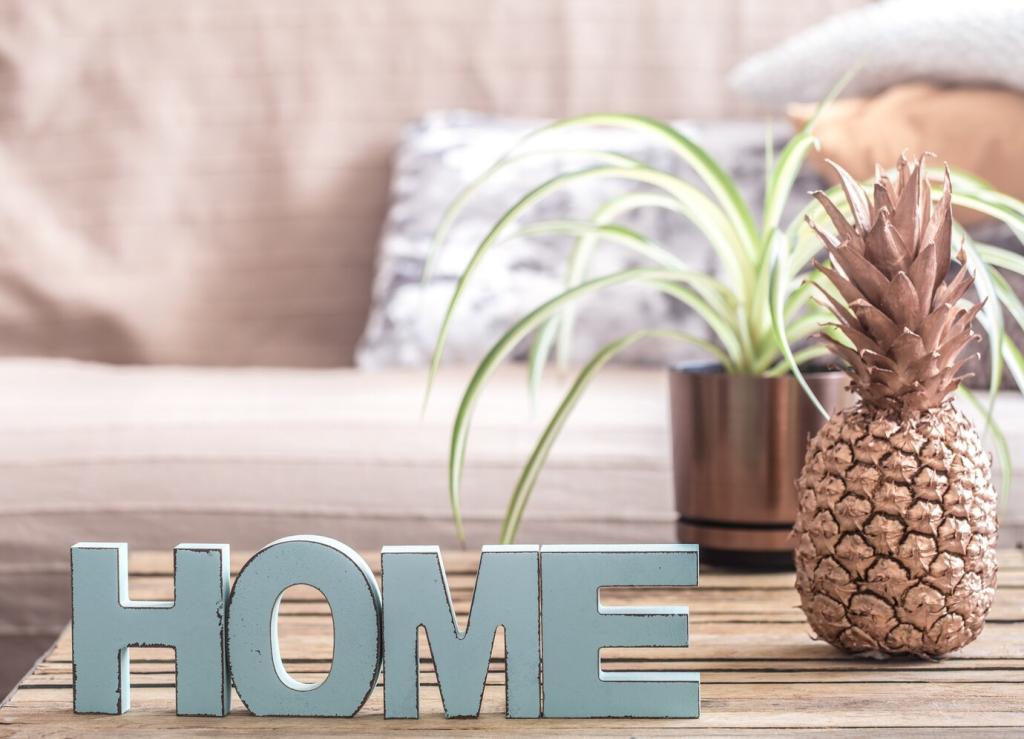Layering Texture: Scale, Contrast, and Harmony
Blend fine-grain weaves (micro), furniture-scale elements like rattan or ribbing (meso), and architectural moves such as fluting or stone coursing (macro). This multi-scale approach keeps rooms lively without visual noise.
Layering Texture: Scale, Contrast, and Harmony
Set rough against smooth, matte against gloss, and warm fibers against cool metals. The contrasts heighten each surface’s qualities, guiding the eye while establishing rhythm across walls, furnishings, and accessories.


